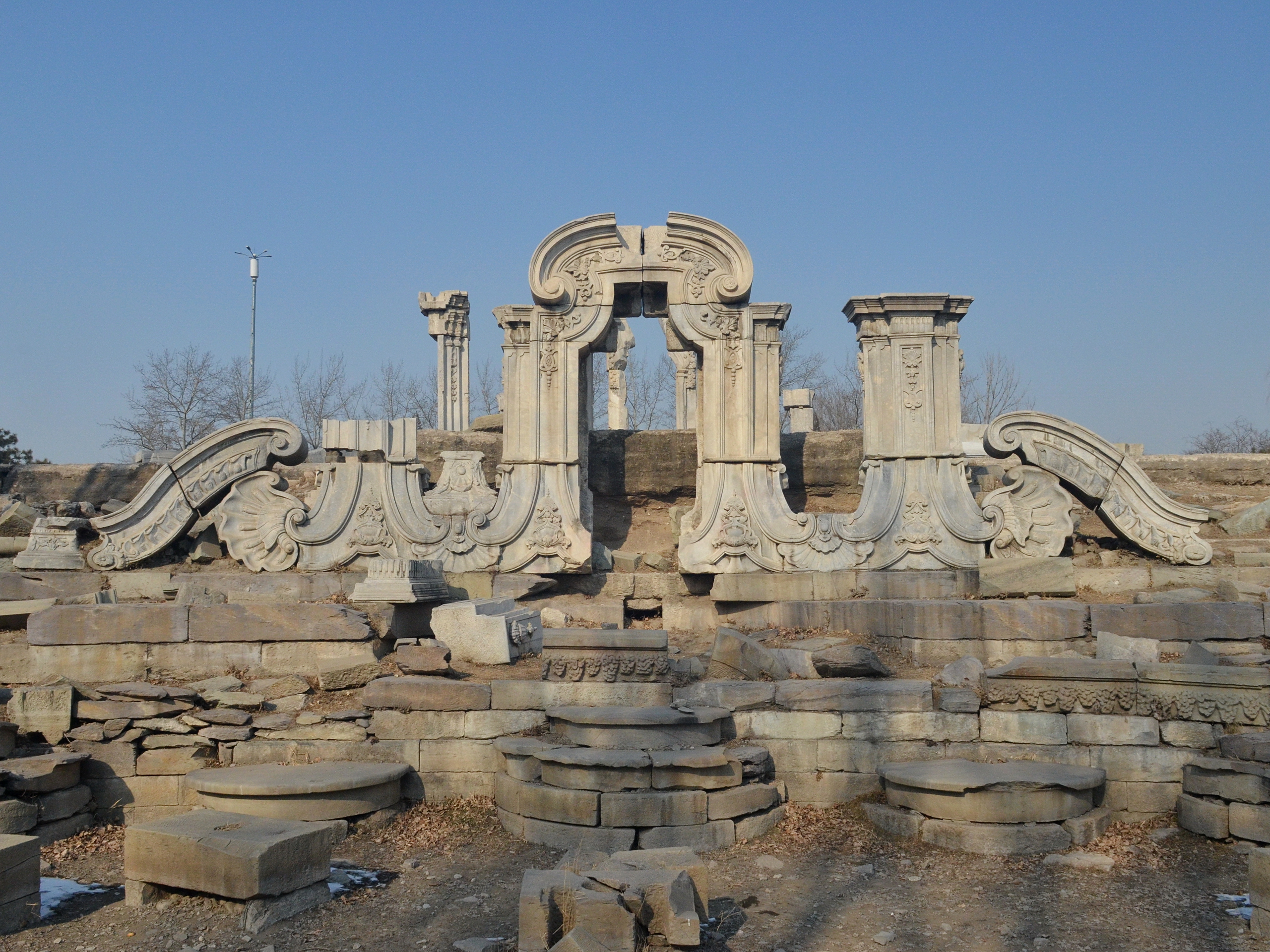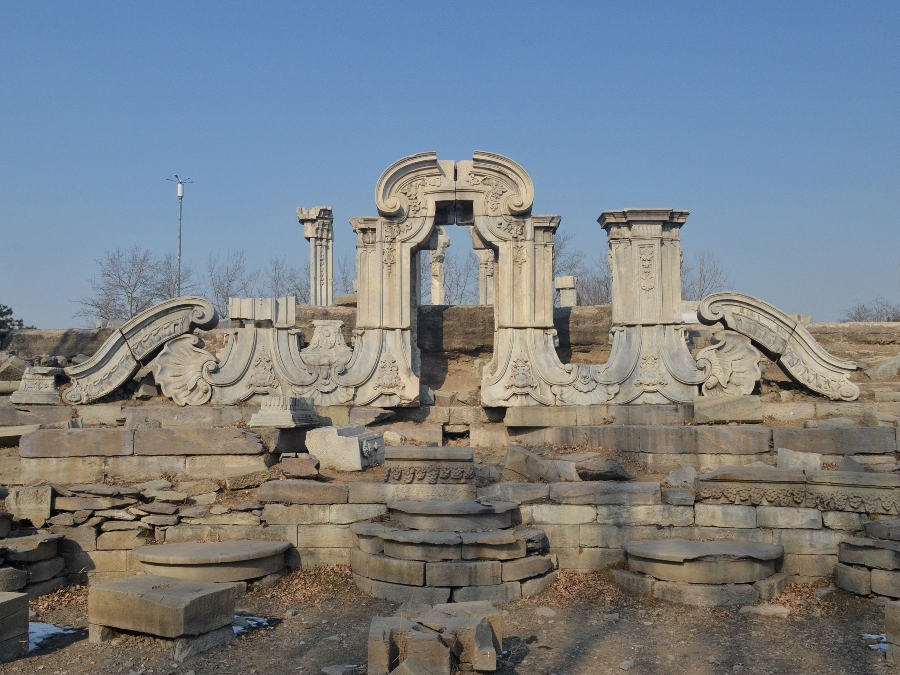
By Galen Patterson
The heists appear to have begun in 2010, when a Swedish museum was broken into by professional burglars.
The only items stolen throughout the entire museum were relics taken from China, over the course of the Swedish East India Company’s existence from the mid-1700s to the early 1800s. Soon after, a string of robberies took place in museums all over Europe, and the targets were always Chinese artifacts.
Chateau de Fontainebleau in France, The Oriental Museum at Durham University in the United Kingdom, and even the same Norwegian museum being robbed twice. When one stolen item appeared on display in a Beijing airport, it didn’t take long for people to make the connection that China, whether through governmental subversion, or the legions of the newly rich Chinese nationals, was behind the growing string of robberies.
Exactly who ordered the theft of these items is not up for dispute. The Chinese government dispatched a special “treasure hunting team” just months before the first robbery. The team’s job was to locate and identify Chinese antiquities taken from occupations of foreign countries. The real question at hand here is much more complex: is this OK?
Before any reasonable person answers that question, they must consider the motivations of the thieves.
Most of the stolen items came from one place. A former residence of China’s last emperor, a place called the “Old Summer Palace.” In 1860, during what is known in Europe as “The Opium Wars,” a group of 34 British and French envoys were sent to discuss peace with Chinese representatives and the Imperial Prince under a temporary truce. The men were subsequently captured, tortured, and all but 14 murdered. One of the survivors was Times journalist Thomas Bowlby, who gave his account after his return.
The nearby armies of both France and the U.K. immediately attacked the palace, looted and burned it for three days as revenge for breaking the truce. The then-300-year-old structure was not fully demolished, but everything of value was taken and documented by the European armies, who kept excellent records of their plunder.
These records made life easy for the treasure hunting team, who now knew where to look for what, because after all, there was no master list of the loot prior to seizure.
When China’s communist party took over the country, art appears to have had a detrimental value. Many items remaining in the country were destroyed by either the citizens, or the government. The Chinese Red Guard destroyed 613,000 pieces of Chinese art in Beijing alone between the years 1966-1976. Obviously, this sort of plan will create a lack of art and historical artifacts.
Today, with so many newly-rich citizens, the Chinese financial elite have begun partaking in a new trend of collecting Chinese antiquities. Because of the rarity of such objects within Chinese borders, it stands to reason that well cared-for valuables of ancient Chinese origin would be found in the museums and private collections in former occupying nations.
So couldn’t China just buy them back? The answer to this is not so simple. In some cases, Chinese billionaires have bought these items back when and where they find them, but museums are not known for just selling their artifacts. However, museums do have a reputation for having the rarest of items, making them an irresistible target to thieves and interested billionaires.
Shouldn’t those countries just give them their stuff back? Again, the answer is not simple. In some cases, countries have elected to let the items go and not take any diplomatic action against China, fearing economic retaliation. In other cases, countries are at a loss because the Chinese government openly believes that the artifacts were stolen from them, and they are just stealing them back. With China unwilling to return the artifacts, what diplomatic action would yield their return?
Consider that less than 50 years ago (and many of these people are still alive), China went on an outright rampage against their own artifacts, causing much of their tangible history and culture to be overseas. Supply and demand are relative concepts, and if supply drops demand usually goes up, meaning China caused the rarity and value of these artifacts, not the looters and certainly not their descendants.
Furthermore, what guarantee is there that the current government will not decide to replicate their behavior again?
On a more molecular level, if a person beats up another person and takes their money, we consider that to be wrong and in fact have laws against that sort of behavior. However, when you look at warfare throughout human existence, loot and plunder are the status quo. Not too long ago, plunder was part of the allure of being a soldier, hence the well-recorded documentation of the looted artifacts.
If these countries collectively handed over all of these looted antiquities, they would set a precedent, that what is captured cannot be kept. By that rationale, everything taken from Saddam Hussein’s palace would have to be returned to Iraq, and Texas would have to be given back to Mexico.
Conquest can be an ugly thing. It is unfair, harmful and life-changing, but it motivates our species to elevate itself. Conquest drives sales people to make sales, and doctors to develop new, life-changing procedures, it makes us want to be the best we can be at whatever we do, but in order for these things to exist, someone must lose.
We have all lost something or someone. It is an inescapable part of being alive. What we do with that loss is up to us. We can either use it to motivate us to do better and be better for the future, or we can let it eat us away and destroy us even further. This is the lesson I think the people ordering the thefts need to understand. Although they may gain something they can hold in their hand, they bring shame upon themselves, and when we all pass onto what happens after this life, we will not be remembered for what we kept hidden from everyone, but who we were to everyone.







